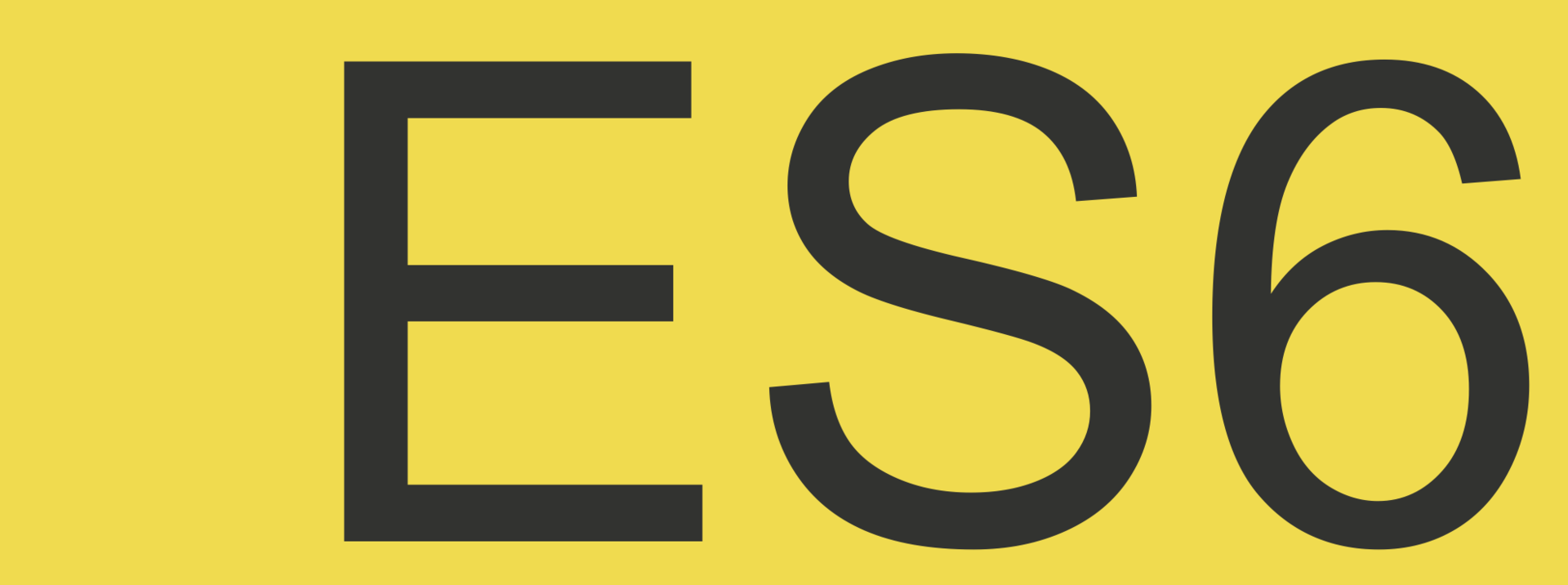Overview of ES6 at 350 points. Part two
My series of notes ES6 in Depth , consisting of 24 entries, describes most of the syntax changes and innovations in ES6. In this publication, I will summarize everything stated in previous articles in order to give an opportunity to look again at everything together.

Content
Part one: here.
')
Characters

Content
- Introduction
- Tools
- Assignment Destructing
- Spread Operator and Rest Parameters
- Arrow functions
- Pattern lines
- Object Literals
- Classes
- Let and Const
- Characters
- Iterators
- Generators
- Promises
- Maps
- Weakmaps
- Sets
- Weaksets
- Proxy
- Reflection
- Number
- Math
- Array
- Object
- Strings and Unicode
- Modules
Part one: here.
')
Characters
- New primitive data type in ES6.
- You can create your own symbols:
var symbol = Symbol()var symbol = Symbol() - You can add descriptions for
Symbol('ponyfoo')debugging needsSymbol('ponyfoo')Symbol('ponyfoo') - Symbols are immutable and unique:
Symbol()Symbol(),Symbol()Symbol(),Symbol('foo')Symbol('foo')andSymbol('foo')Symbol('foo')- all different. - Type of symbols -
symbolsymbolsotypeof Symbol() === 'symbol'typeof Symbol() === 'symbol'. - You can create global symbols with
Symbol.for(key)Symbol.for(key).
- If the character with this
keykeyexists, the call will return it. - Otherwise a new character with
keywill be created.keyas a description. Symbol.keyFor(symbol)Is an inverse function that acceptssymbolsymboland returning itskeykey.- Global symbols are global, as far as possible, that is, absolutely. For access to symbols, a single global register is used:
- context
windowwindow; evalcontexteval;- context
.
Source: https://habr.com/ru/post/270697/
All Articles